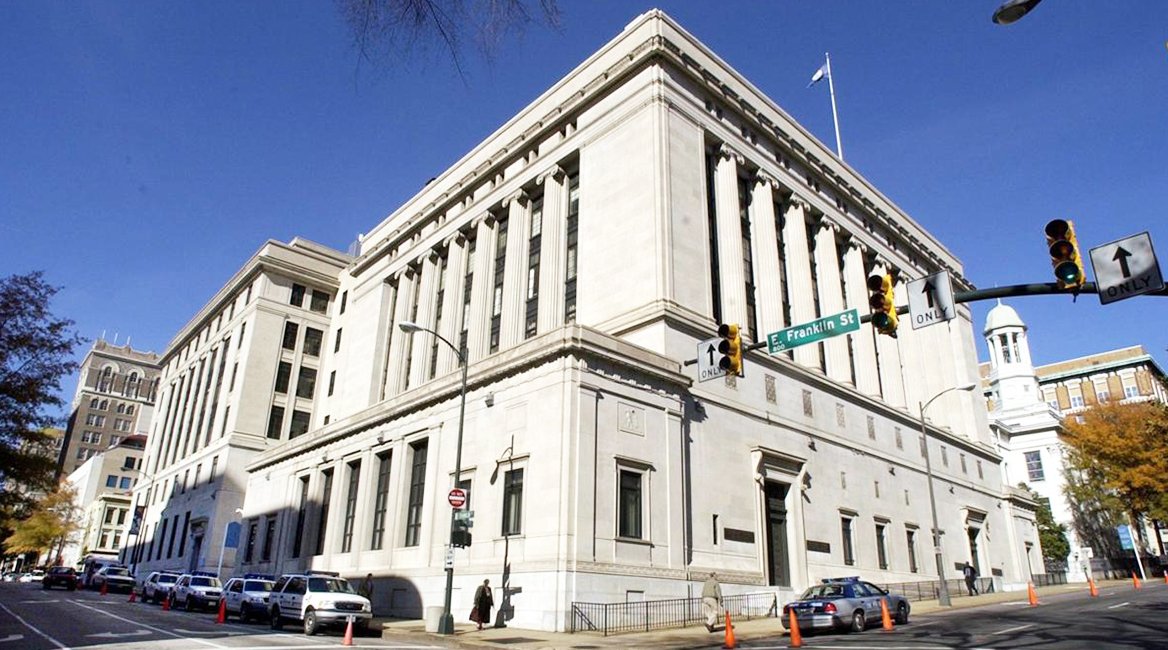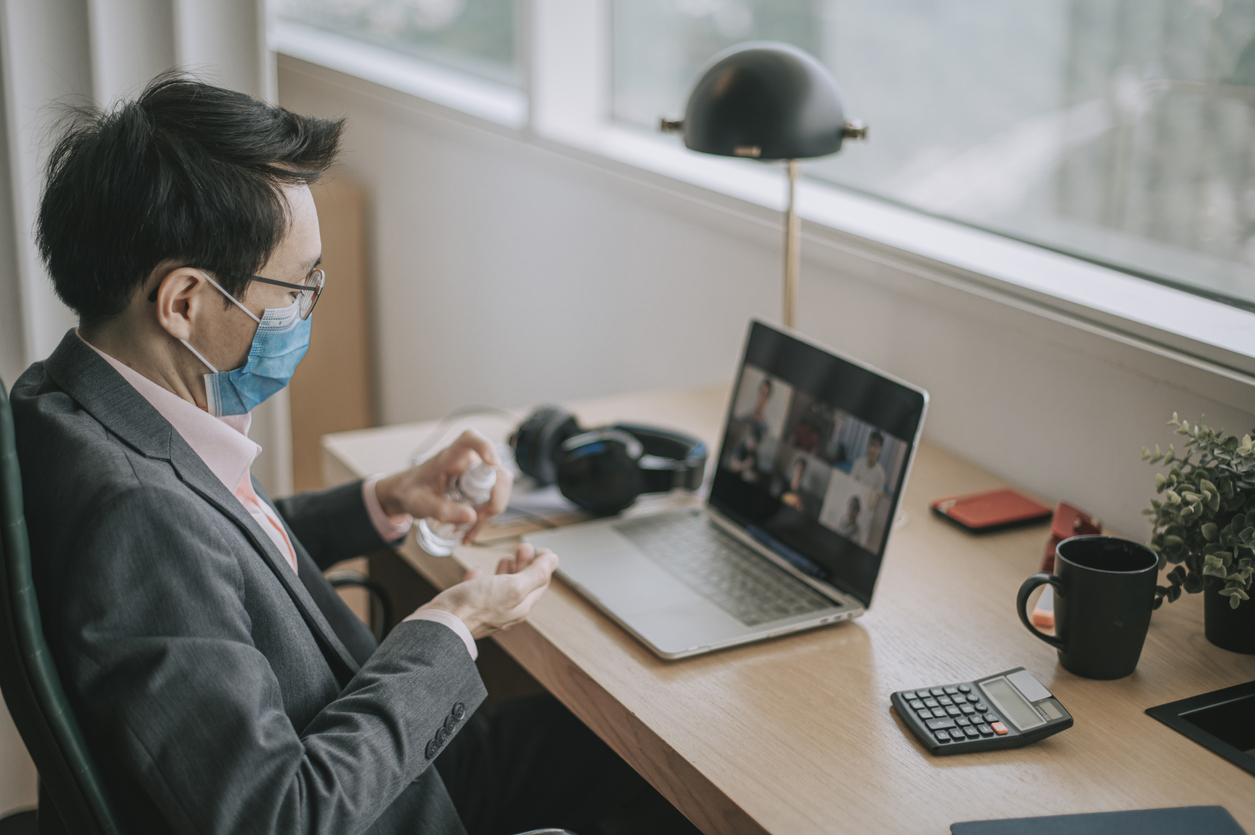Employees of Private Employers With Fewer Than 500 Employees and Most Governmental Entities Obtain Expanded Leave, Paid Sick Leave
“Families First Coronavirus Response Act,” (H.R. 6201) Passed March 18, 2020
If you are an employer with fewer than 500 employees, you are likely going to be required to provide paid leave to employees who are unable to work because of certain circumstances relating to the Coronavirus pandemic. Employers should be prepared to implement these requirements on or before April 2, 2020.
WHO: Employers with fewer than 500 employees and governmental employers must provide employees with expanded leave which modifies the Family Medical Leave Act (FMLA).
Expansion of Family Medical Leave Act: Coronavirus Emergency Leave Protection
ELIGIBILITY: Employers must provide up to twelve (12) weeks of job-protected leave under the FMLA for employees who are unable to work or telework because they have to:
- Provide care for child younger than 18 whose school or day care has closed in response to the coronavirus (Employees providing care for a child whose day care or school has closed would be eligible for 2 weeks of unpaid leave and up to an additional 10 weeks of paid leave (payable at a rate that is not less than two-thirds the employee’s regular rate of pay up to a maximum of $200 a day, $10,000 aggregate cap).
For these employees, the first 10 days of leave can be unpaid, however, employees can choose to use vacation days, personal leave or other available paid leave (see below).
REQUIREMENTS: This leave protection requires that the employee return to the same position at the conclusion of the leave for the public health emergency. If the employer is unable to immediately reinstate the employee to the same job due to job cuts and/or the position is no longer in existence, the employer must make “reasonable efforts” to reinstate the employee during the year following the conclusion of the leave. This leave is required for any employee who has been employed for 30 days.
EXCEPTIONS: Employers with fewer than 25 employees do not have to restore employees to their previous positions.
The legislation goes into effect on April 2, 2020 and expires Dec. 31, 2020.
Paid Sick Leave: Coronavirus Emergency Paid Sick Leave
WHO: Employers with fewer than 500 employees and governmental employers must provide employees with temporary paid sick time. Employees must be allowed to use this additional paid sick leave before using any other paid leave benefits.
ALLOTMENT: The duration and amount depends on whether the employee is full time or part time. For a full-time employee, the employer is required to provide 80 hours (2 weeks) of paid sick time for specific circumstances related to COVID-19. For a part-time or hourly employee, employer-provided paid sick leave would be the hours the employee is scheduled to work (on average) in a two-week period. For a variable-hour employee, the Act provides for a calculation based upon historical work or anticipated work. All employees are eligible no matter how long they have been employed.
RATE: The rate of pay depends upon the reason for the employee’s absence. For absences based upon the employee’s condition, paid sick leave must be paid at the employee’s regular rate. For absences based upon a family member’s situation, pay will be no less than two-thirds of the employee’s regular rate.
ELIGIBILITY: Emergency paid sick leave is for an employee who is unable to work or telework because the employee:
- Is subject to a coronavirus-related government order to go under quarantine or isolation
- Has been advised by a healthcare provider to self-quarantine due to concerns related to coronavirus
- Is seeking a medical diagnosis where the employee is experiencing symptoms of coronavirus
- Is caring for an individual for whom quarantine or isolation is required
- Has children whose school or place of care has closed or the child care provider is unavailable due to coronavirus precautions
- The employee is experiencing any other substantially similar condition specified by Health and Human Services in consultation with the Department of the Treasury and Department of Labor
CAPS: There are caps on the amount of payments under this new sick leave (sick leave will not exceed $511 per day based on the applicant’s regular wage or the applicable minimum wage, whichever is greater, if used for 1-3 and not exceed $200 per day based on the applicant’s regular wage or the applicable minimum wage, whichever is greater, if used for 4-6).
EXCEPTIONS: The Act includes an important exception for certain employers. Employers of healthcare providers or emergency responders may elect to exclude those employees from emergency paid sick leave.
OTHER: The Act authorizes the Labor Department to issue regulations to:
- Exclude certain healthcare providers and emergency responders from paid leave benefits
- Exempt small businesses with fewer than 50 employees from the paid leave requirements
Workers under a multiemployer collective bargaining agreement and whose employers pay into a pension plan will also have access to paid leave.
There is no payout requirement for any paid sick time that is not used at the time of any employee’s termination, resignation, or retirement.
The legislation goes into effect on April 2, 2020 and expires Dec. 31, 2020.
Payroll Tax Credits: Sick Leave Credit and Family Leave Credit
To help small businesses cope with the impact of the coronavirus pandemic, the Act provides for two payroll tax credits. It is critical to note that these credits are only available to employers with fewer than 500 employees.
Sick leave credit — not to exceed $511 per employee per day. This credit is designed to assist with the cost of providing up to two weeks of paid coronavirus-related sick leave to employees. The credit is limited to 10 days and is in effect for wages paid through December 2020. In addition, the employer cannot use this credit in connection with wages for which the employer is already receiving the employer credit for paid family and medical leave, under a provision previously enacted by the Tax Cuts and Jobs Act (TCJA). On a quarterly basis, the credit is limited to the total taxes imposed on the employer portion of the Social Security payroll tax and is refundable in certain circumstances.A similar credit is available to self-employed individuals, amounting to the lesser of their average daily self-employment income, or $511 per day, if caring for themselves or $200 if caring for a family member. The credit is limited to 10 days.
Family leave credit — not to exceed $10,000 per employee. This credit is designed to compensate employers for providing paid coronavirus-related family leave to employees as separately required under the Emergency Family and Medical Leave Expansion Act. Similar to the sick leave credit, this credit is also limited to the employer portion of the Social Security payroll tax on a quarterly basis but is refundable in certain circumstances.
The Act instructs the Treasury Department to issue guidance on documentation requirements. Until such guidance is issued, taxpayers should track the following information:
- Each employee requesting sick leave due to the COVID-19 virus; document whether the employee is caring for themselves or a family member
- Compute employee wages compared to the requisite $511 or $200 per day in order to determine the actual amount of the credit
Be prepared to supply such information as part of quarterly payroll tax return or annual income tax return filings.
Virginia’s Unemployment Insurance Procedures in
Response to Coronavirus
The Commonwealth of Virginia just this past week relaxed standards for Virginian’s to be eligible for unemployment benefits including when they are working reduced hours if their earnings qualify. Also there is now no waiting period before benefits kick in.See the below a Q&A excerpt from the Virginia Employment Commission (VEC) website. With the rapid changes the VEC is advising regularly checking on status updates.
Q. When should I file a claim for unemployment compensation benefits?
A. You should file your claim online (**preferred method) through our Website at vec.virginia.gov after you have been out of work at least 1 full day. If you do not have access to a computer, you can file your claim through our Customer Contact Center by calling 866-832-2363 Monday through Friday 8:15am to 4:30pm. Your claim will be effective Sunday of the week in which you submit your on-line application or file through our Customer Contact Center.
Q. My hours have been reduced. Can I apply for unemployment compensation benefits?
A. You can file due to a reduction in hours. If your gross earnings are less than your weekly benefit amount. Currently, the maximum weekly benefit amount in Virginia is $378.
Q. What happens after I complete my unemployment insurance application?
A. Once your claim is processed by the VEC, you will receive three important documents. The Benefit Rights document explains eligibility requirements and what you need to do each week to claim your benefits. The Monetary Determination document shows how much money you may be eligible to receive. You will also receive a PIN. You need the PIN to claim weekly benefits and to make inquiries about your claim.
Q. How much money will I qualify to receive?
A. Depending on your earnings, your benefit amount may range from a minimum of $60 per week for 12 weeks to a maximum of $378 a week for 26 weeks. (Refer to your Monetary Determination)
Q. How soon before I can expect a benefit payment?
A. Beginning with claims effective March 15, 2020, Governor Northam has directed that the one week waiting period and the requirement to conduct a weekly job search both be suspended for those receiving unemployment insurance benefits. If you are eligible for benefits, a payment should be processed shortly after you claim your first full week. You will need to refer to the Benefit Rights document for instructions on claiming weekly benefits.






